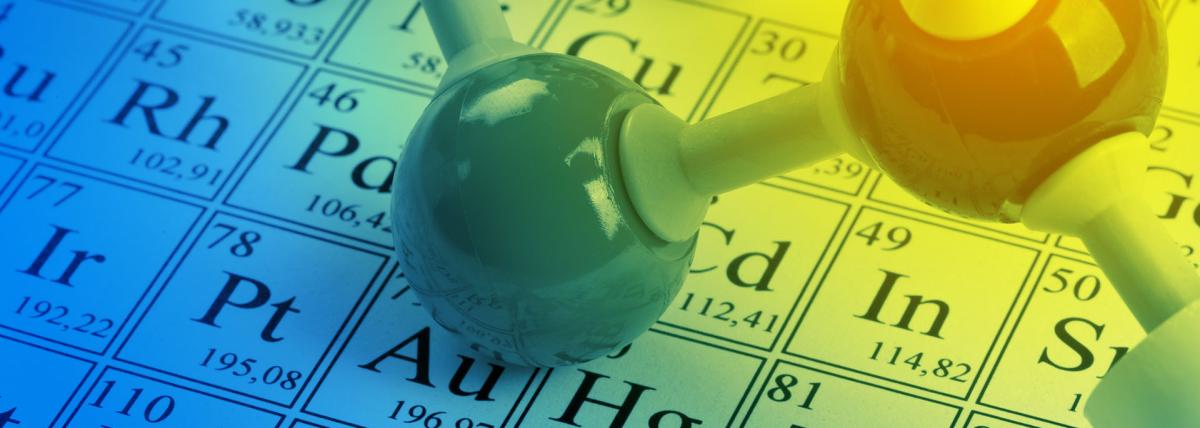
In this lesson, students will first learn the importance of using reliable tools when gathering data in an experiment. When given common acidic and basic substances, students will then begin to

In this lesson, students will first learn the importance of using reliable tools when gathering data in an experiment. When given common acidic and basic substances, students will then begin to

In this hands-on lesson, students will learn about polarization by doing investigations. Students explore light and experience seeing through polarized filters!
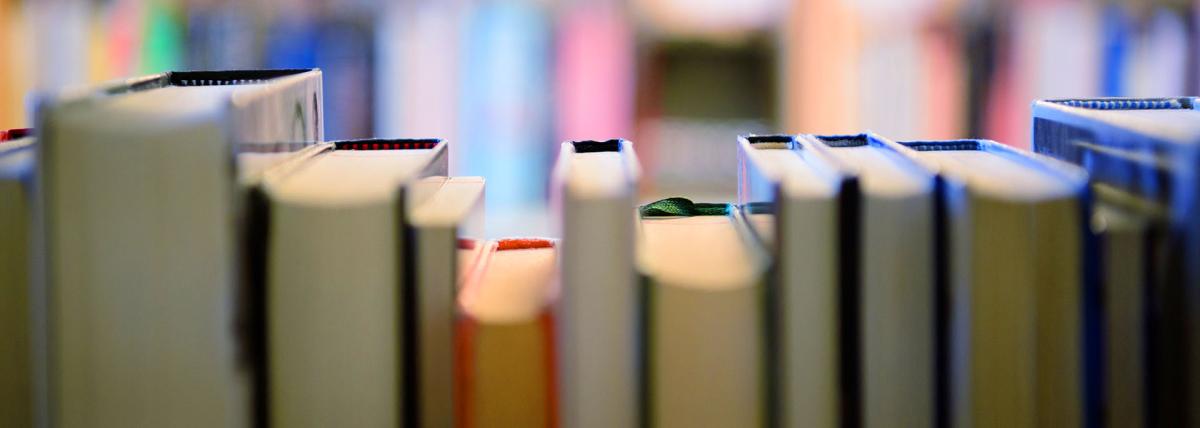
This lesson plan aims to incorporate Science, Engineering, and Math subjects into the Digital Book Project. Students paraphrase in simple words the explanations of chemical reactions in everyday life
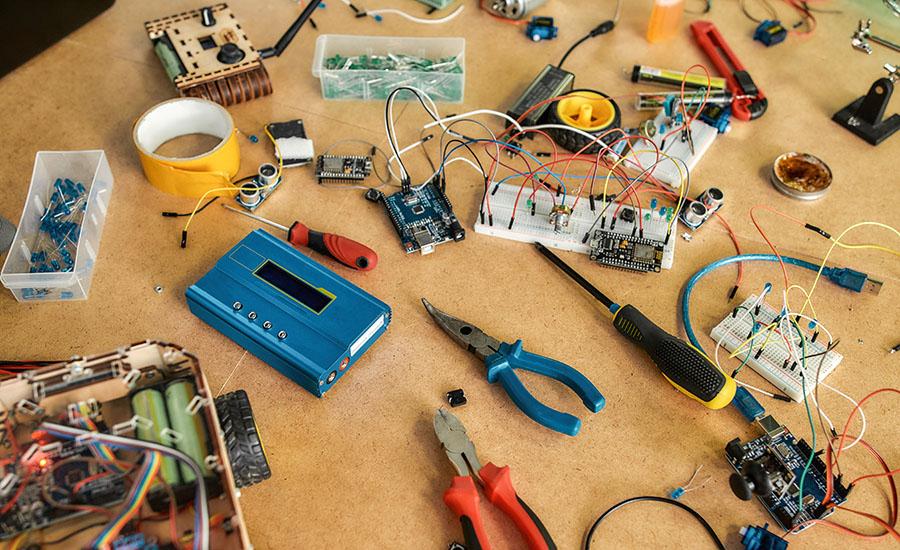
Problem - Solution is a type of text structure. The objective of this lesson is for students to further understand defining problems and identifying solutions. Students will make a 3D model using
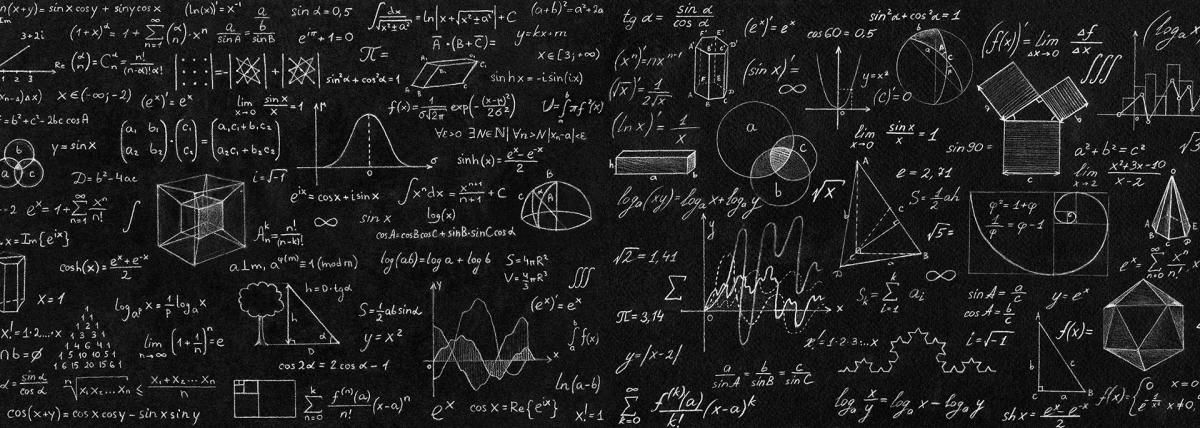
This hands-on lesson provides an opportunity for students to use observation as a way to build the big idea about energy around us. Students are encouraged to explore everyday items in the classroom
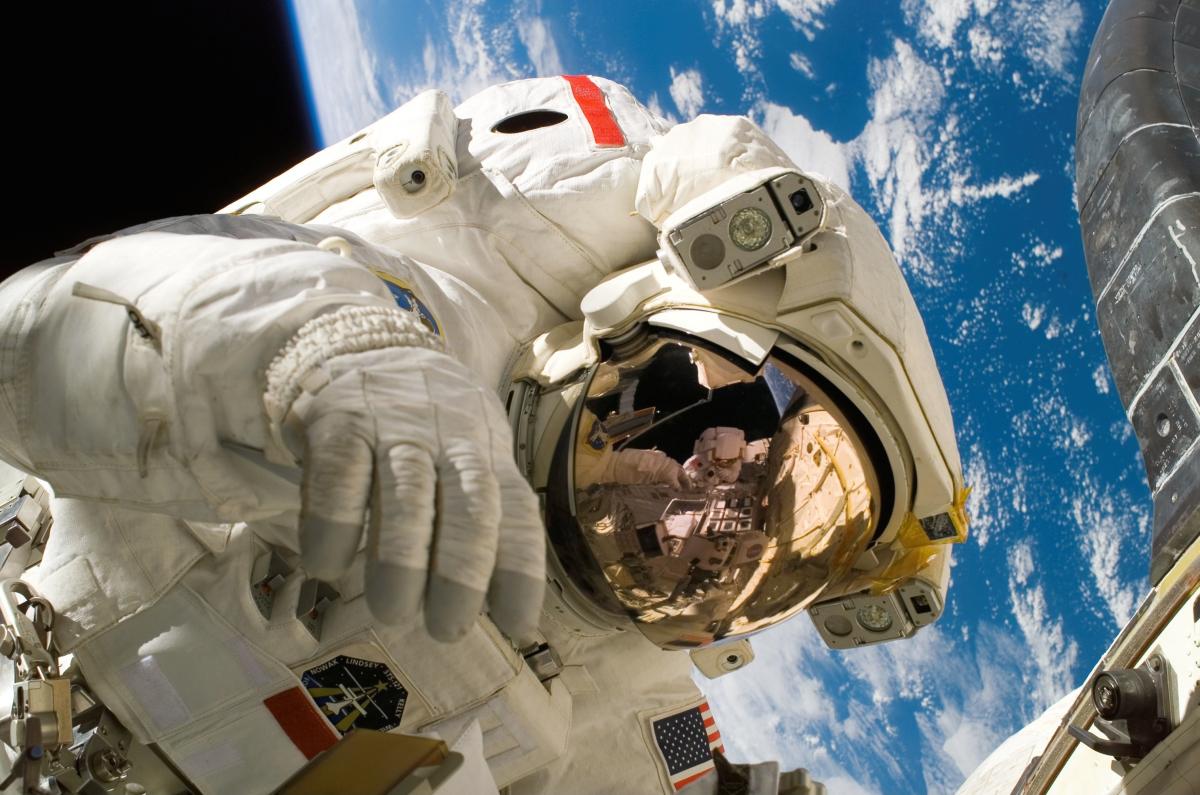
This engaging lesson explores the statements of 4 students and their ideas on what causes night and day. Through this the students work together to demonstrate, discuss, create models, test, and

This is the 1st lesson in a series of 3. 6th-grade students will work in groups to create eco-friendly inventions that help the environment and tackle climate change. They will research ideas, make
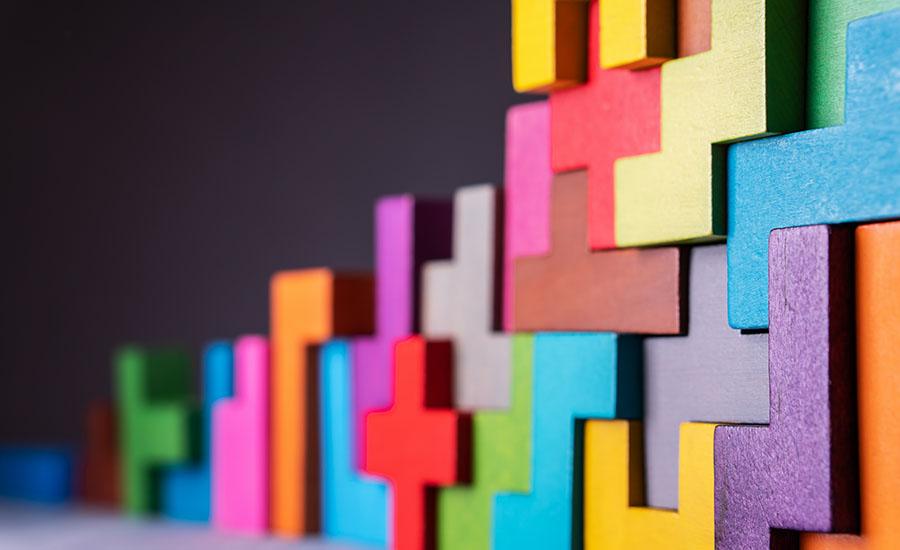
This lesson demonstrates how you can build a safe with a programmable code to keep your lunch money safe. This is an important technology lesson where the focus is not only on the coding and problem
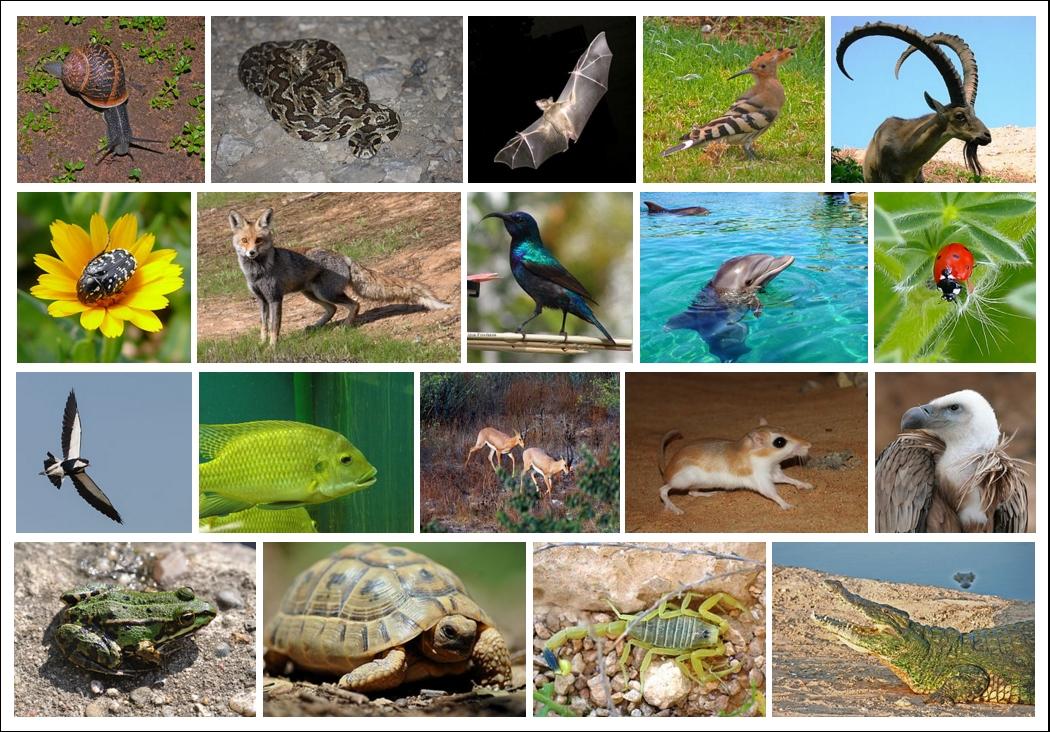
In this STEAM lesson for grades K-2, students will explore iguana habitats and learn how animals adapt to different environments. Students will read the book "I Wanna Iguana" and use a nonfiction book